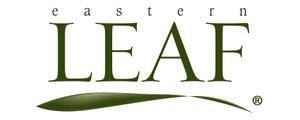| < Back to Knowledge Base | |
 | |
|
At first glance, both species have a similar color, shape and size, but there is always more to explore when you take a closer look and feel.
With the Chinese Elm, the oval leaves are soft to the touch with a veiny underbelly. Our favorite part of these leaves is the ridges that look like an art project where someone grabbed scissors and cut little mountains on the side of the leaves. These jagged sides are not sharp or thorny, but rather will tickle your fingers when running over them. On the other hand the Tea Tree leaves are oval, but have a beak at the tip. The surface is bumpy and rough, but have a soft to the touch bottom like the Chinese elm. An unusual characteristic of the tea tree leave is that it will release oil when squeezed. Doing this will also darken the leaves from green to a dark brown color. The differences between species of bonsai are interesting and subtle, but sometimes you have to get in close and touch the leaves to find the subtleties. |
